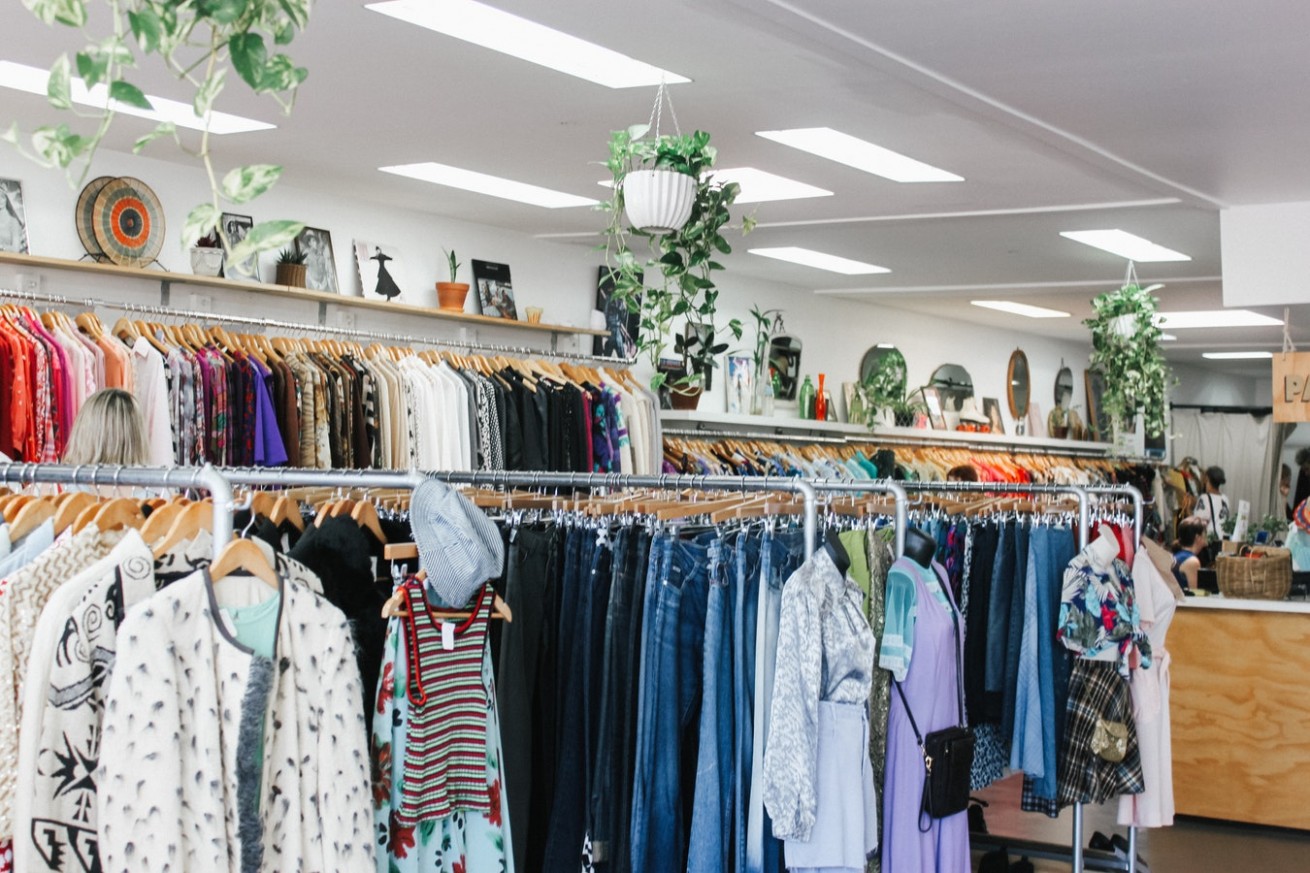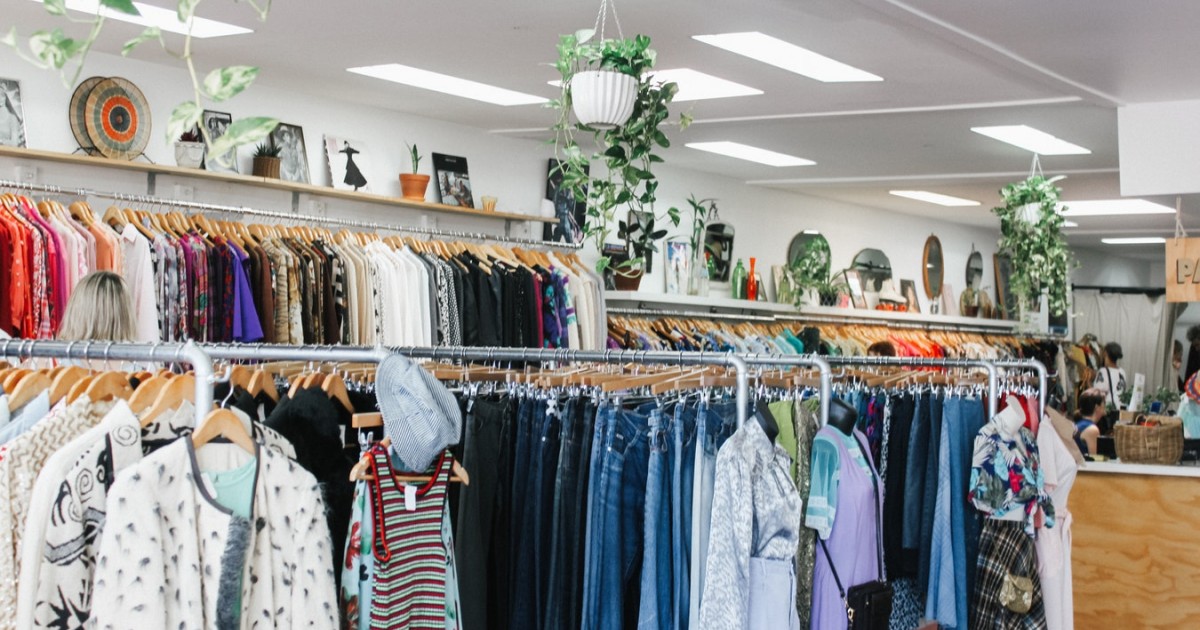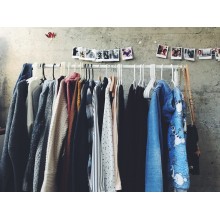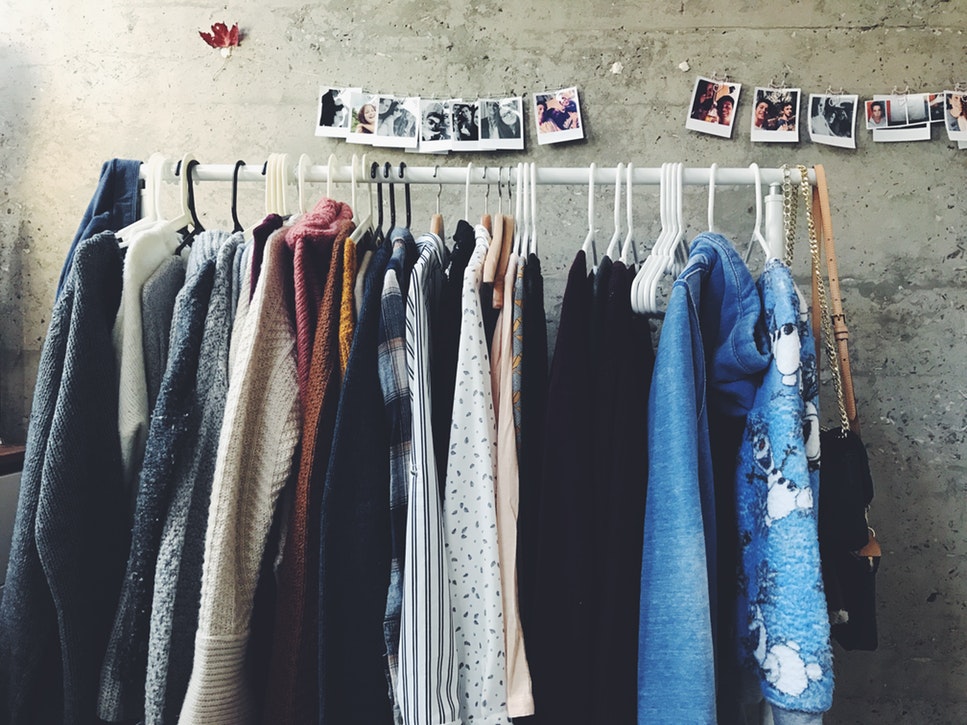The second-hand clothing industry is on the rise – it’s a fact! Circular fashion pioneers including Stella McCartney believe that the future of fashion is restorative and regenerative by design and that clothes bought will never end up as waste.
Keeping gear in action through repair and reuse is the goal of thrifty and thriving programmes concerned about the global future. The second-hand clothes market is now more of a presence in retail than ever before – as a pursuit of individuality is sought at a price that’s right.
Spending Shifts
Recent research has shown that 40% of 18-24-year-olds shopped in the second-hand clothes market last year, and over 80% of people worldwide now buy from the secondary clothing market. Used clothing industry statistics confirm that the size of the second-hand market is growing 24 times faster than traditional retail – and is expected to double by 2022. 71% of consumers plan to spend more on resale shopping in the next five years – as the second-hand shopping experience is now chic and highly coveted.
Environmental Reasons
The eco-impact of new clothes is rapidly becoming apparent – picking up and disposing of brand new items all the time drives the demand for non-stop manufacturing – which contributes to the fashion industry’s incredible waste. The second-hand clothing industry provides an extension of clothing lifespan as well as reducing its carbon footprint.
If every garment was reused or recycled waste and emissions would be reduced by 73% and 75% of consumers are more likely to buy from eco-friendly brands. Circular fashion reuses and recycles all garments, keeps products and materials in use, and sources sustainable fabrics and materials.
How to Be a Savvy Shopper
Relishing the opportunity to grab a bargain can be fulfilled by significant savings made when accepting pre-owned garments. When shopping in second-hand establishments make a note of these few helpful tips:
- Check zips and buckles: make sure they work as they could make the item unusable without an extra cost. If you really like something that’s defective ask for a discount as shops are often willing to compromise on price.
- Add jewellery: keep an eye out for unique pieces that can make a cheap blouse or jacket look chic. Brooches, pins, and buttons can transform a garment to make it look really expensive.
- Get footwear professionally cleaned: for fabulous leather boots and shoes pay to get them in as new condition with a little help from your local cobbler.
- Don’t worry about hems: it doesn’t matter about the length of jeans as raw hems are cool. You can cut inches off the bottom and wear them cropped and look fashionable.
- Try it on: most charity shops have a return or resale policy but the rise of second-hand clothes shopping means pieces go really quickly and won’t be there again. Use fitting rooms in shops or buy to take home and try to avoid missing a bargain.
The Companies
Texx Team is an example of a company dealing with second-hand clothes wholesale - importing, sorting, and trading to the highest standards. When you need to buy wholesale second-hand clothes you’ll be guaranteed consistent high-quality clothing in more than 30 types of item. Multi-layer sorting systems and experienced graders will ensure the products you receive are of the best quality and for the right price.
Second-hand clothes bulk buying will save you money – whether you need a premium grade for resale, or Grade 2 clothing for distribution or recycling into multipurpose fibres Texx Team is the company to rely on.



